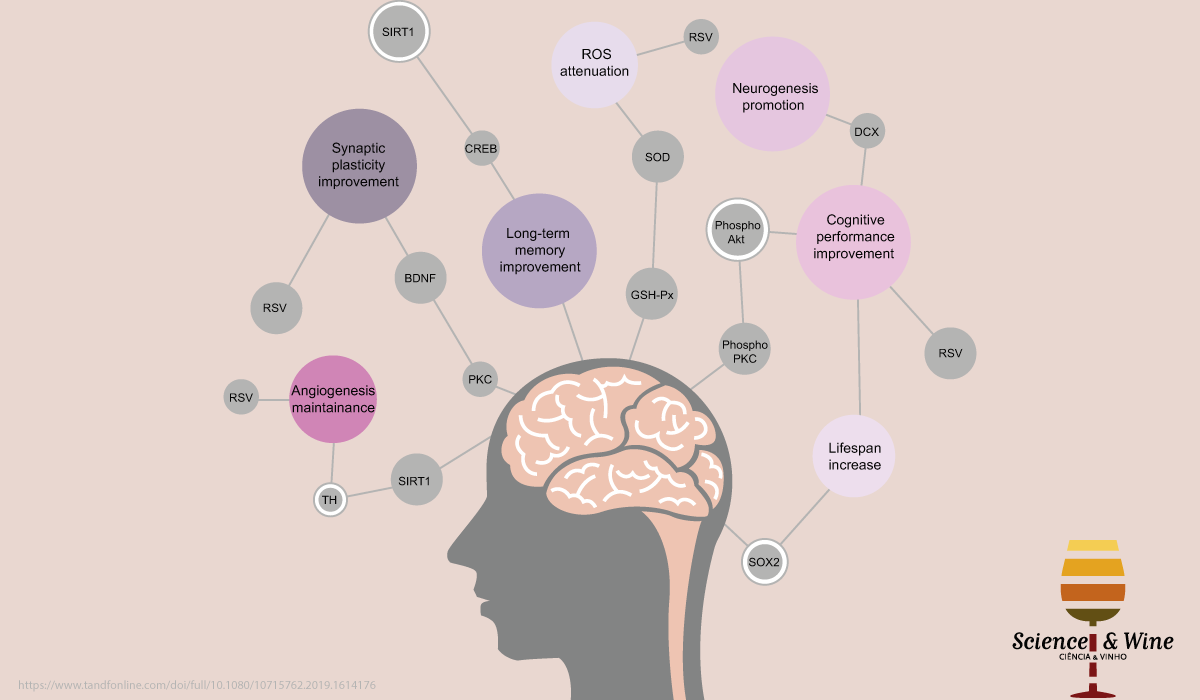Yesterday I published in the blog of our conference page “Wine Consumption in the Mediterranean Diet: A clarification about health effects” a post about the new Spanish Society of Community Nutrition guidelines, published last November 5. This proposal of food-based dietary guidelines s does not recommend in any case the consumption of alcoholic beverages. However, there are scientific evidence for health benefits of some wine components like the ones described in this review. Consumption of wine is a controversial issue, therefore, discussions forums like the conference that will be held in Vila Nova de Gaia at June 4 are very important.
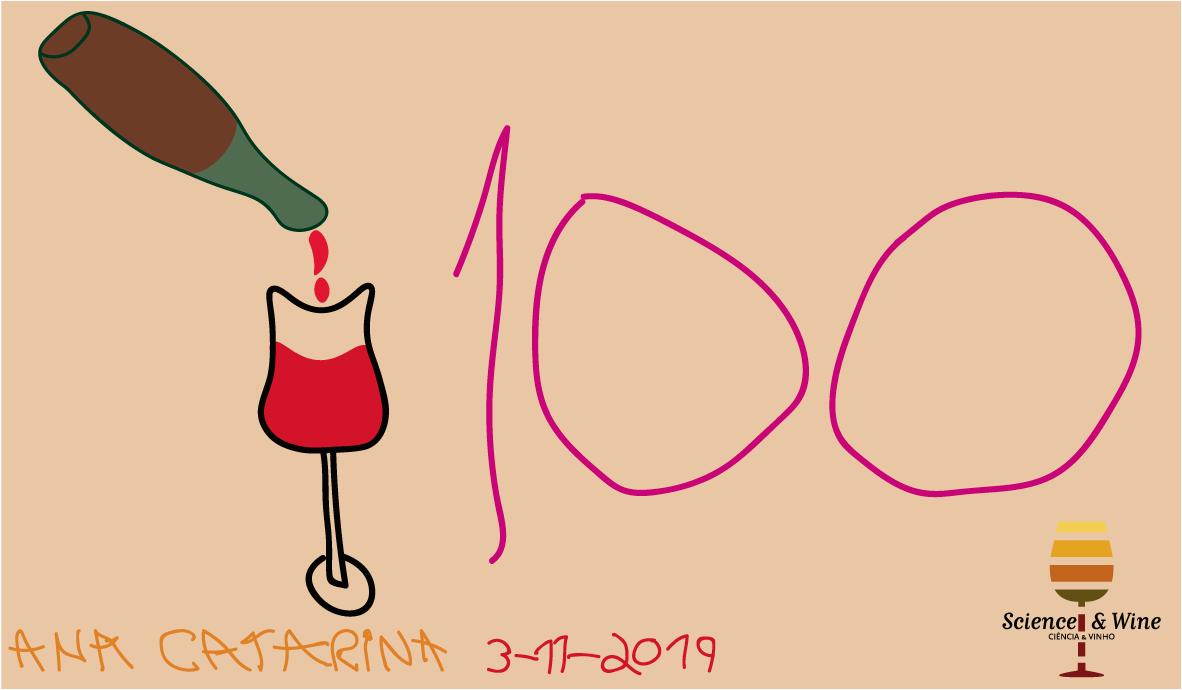
Post Nº 100
This is the post number 100. One hundred of weekends that I spend writing, reading, illustrating, editing and publishing the posts. The time that I spent do it is just part of the time I stole to the family, special to my youngest daughter, so today I decided to involve her in this project. The illustration is her authorship.
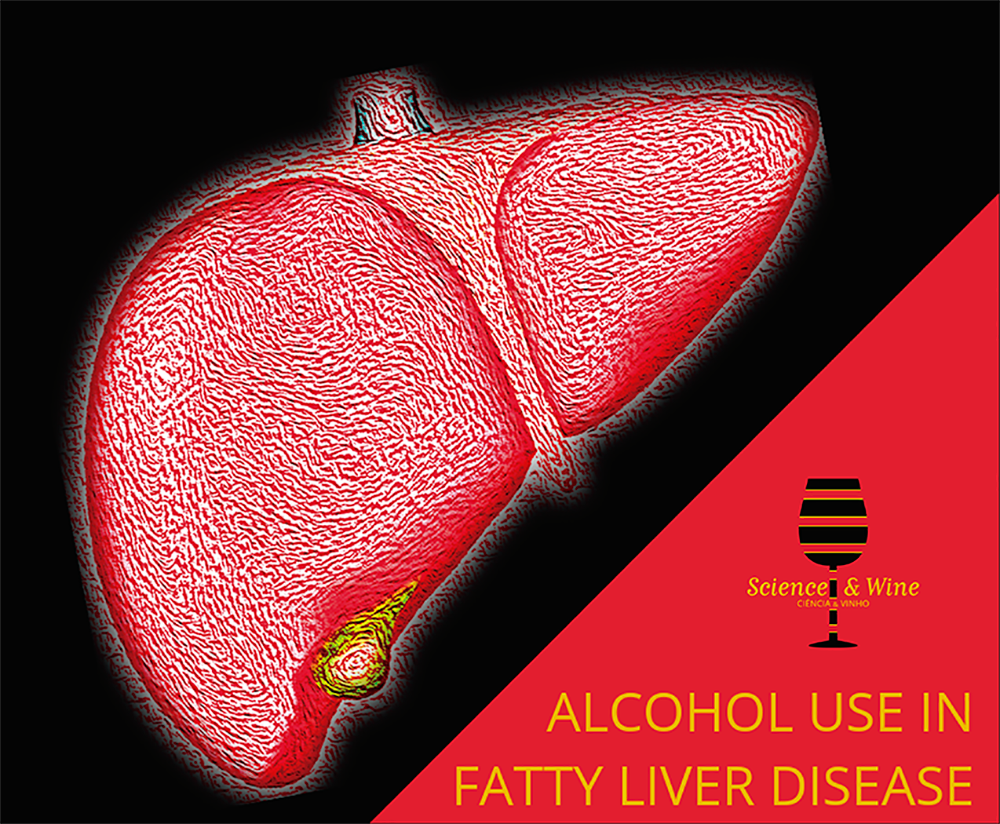
Alcohol use in fatty liver disease
The effects of alcohol use in non‐alcoholic fatty‐liver disease are unclear. This post descries a study aimed to investigate the impact of alcohol use in fatty liver disease on incident liver, cardiovascular, and malignant disease, and death. Authors concluded that even low alcohol intake in fatty liver disease is associated with increased risks for advanced liver disease and cancer. Low to moderate alcohol use is associated with reduced mortality and CVD risk, but only among never smokers. This post alerts for the need of a serious discussion about wine health effects like the one that Science & Wine is promoting. See all in https://www.science-and-wine-conferences.com/

Wine Consumption in the Mediterranean Diet: A clarification about health effects
Science & Wine promote 1-Day Conference “Wine Consumption in the Mediterranean Diet: A clarification about health effects” to be held in Porto at June 4 of 2020. The conference will take place in the Association of Port Wine Companies.
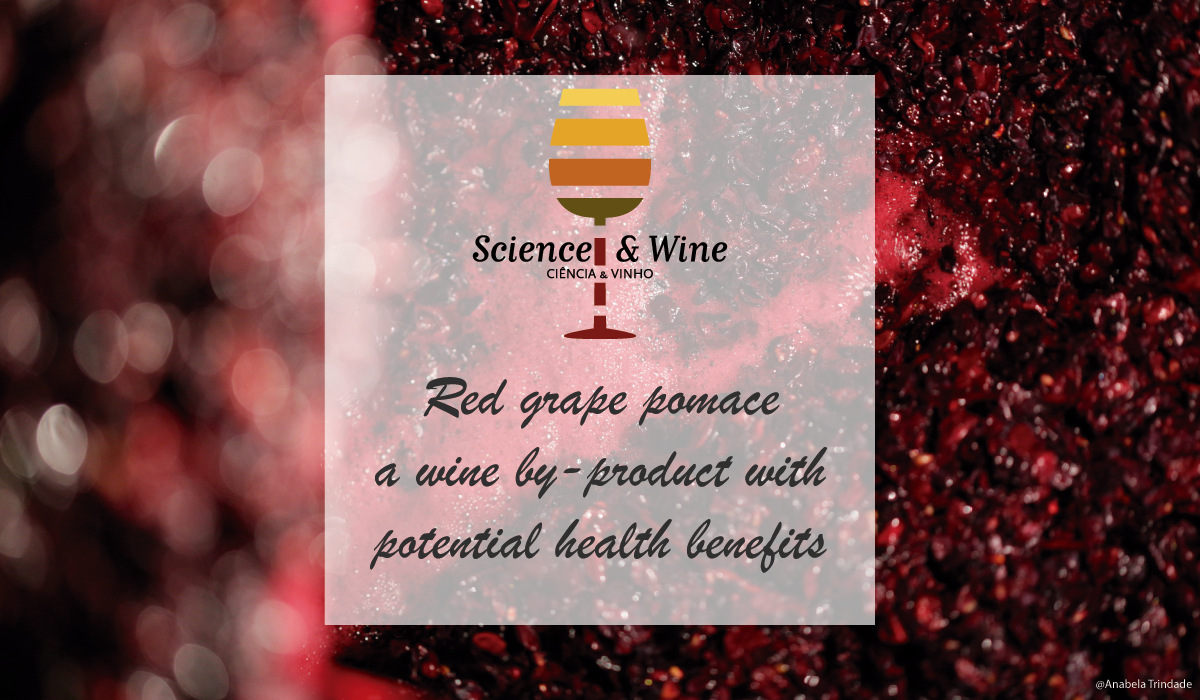
Red grape pomace: a wine by-product with potential health benefits
This post talks about the potential re-use of the industrial wine by-product grape pomace to formulate functional drinks rich in bioactive compounds, namely polyphenols, demonstrating a beneficial health effect. Two recent published scientific papers, originated from a fruitful collaboration among the University of Parma, the Federico II University of Naples, and the National Research Council labs of Naples, Padua and Avellino, represent a reliable example of a comprehensive scientific approach. This approach includes the characterization of the specific functional product, the human metabolism of its native polyphenols, the resulting effect on glucose metabolism and, finally, its association with specific circulating metabolites.
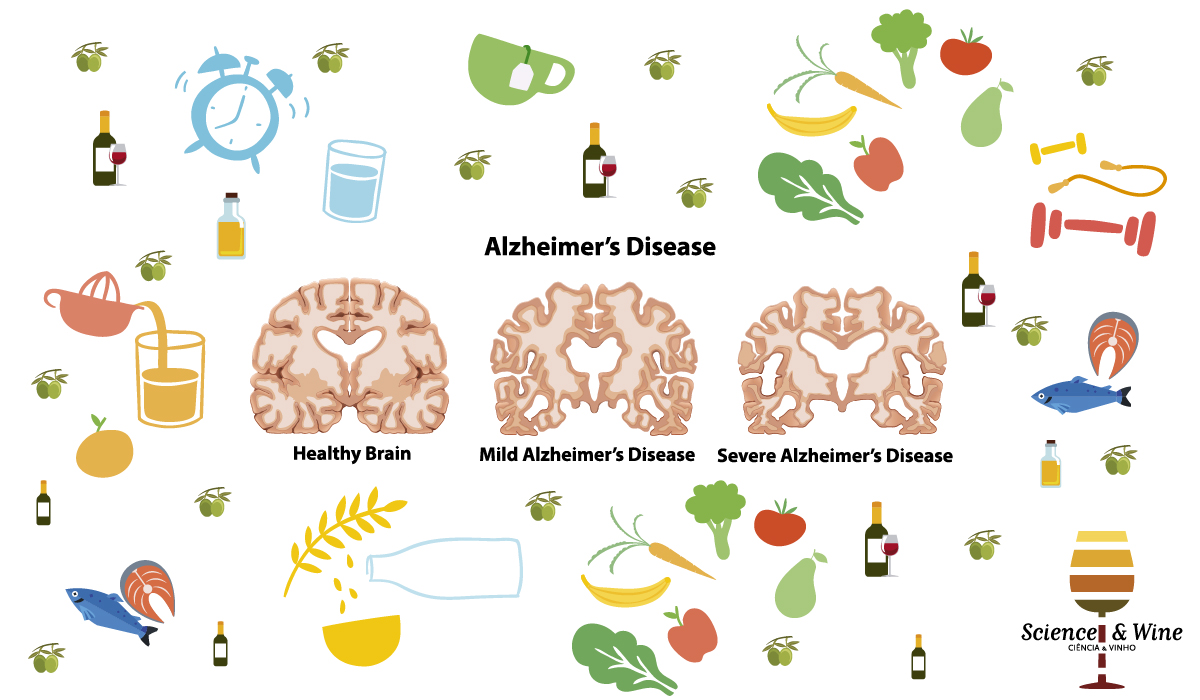
The beneficial effects of wine polyphenols on Alzheimer’s disease
With aging decline of cognitive function occurs, but the mechanisms responsible are unknown. However, is now acknowledged that several lifestyle factors (e.g. diet, cognitive and physical activities) have an impact on brain aging and the development of neurodegenerative diseases. This post is about the neuroprotective abilities of the wine polyphenols in correlation to the pathophysiological mechanisms involved in Alzheimer’s disease (AD) and summarizes a part of a recent review paper written by me in collaboration with David Vauzour published in Beverages Journal [1].
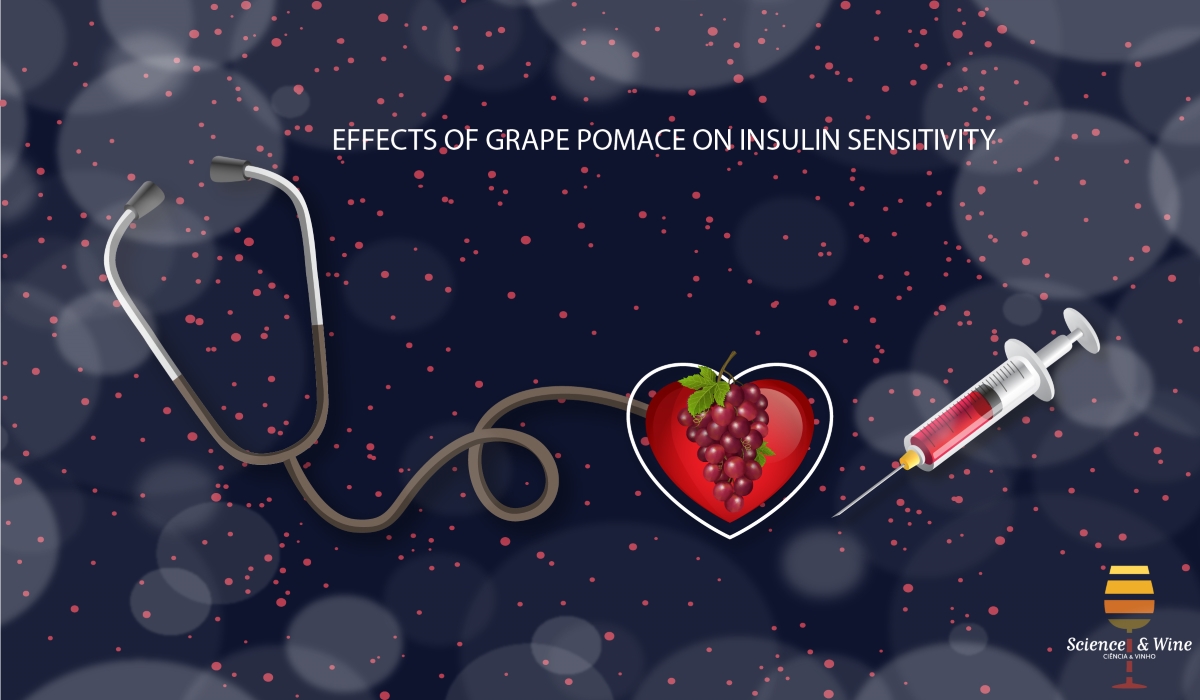
Effects of grape pomace on insulin sensitivity: towards a whole use of natural materials in wine production
Optimization of food processing based on waste decrease has become a mandatory standard within the most developed countries. Winemaking is a seasonal activity, and in grape harvesting period a great accumulation of residues is generated. Usually, winemaking byproducts have been sent to distilleries for obtaining ethanol or to be used as fertilizers or biomass. Nevertheless, these activities are usually carried out by external companies representing economic costs for the wine industry. So, finding alternative solutions for the exploitation and valorization of those byproducts, which would involve economic, social, and environmental advantages, will be of the great interest. Several studies about the chemical composition of winemaking byproducts were done, which confirmed that those represent low-cost sources of many phenolic compounds, which have potential industrial applications (pharmaceutical, cosmetic, nutritional, or agricultural) due to their strong antioxidant, anti-inflammatory, or antimicrobial effects. This post describes a study aimed at evaluating the effect of grape pomace, rich in both extractable and non-extractable polyphenols, on markers of Metabolic Syndrome.
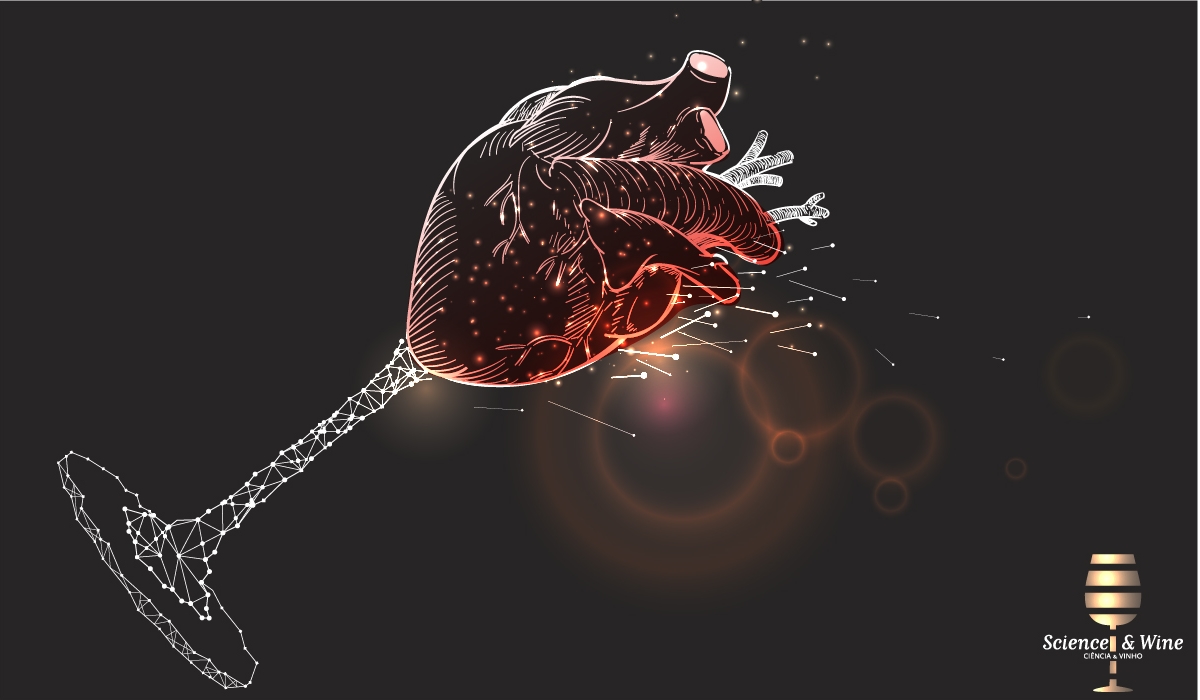
Wine and cardiovascular health: To drink or not to drink?
Wine has been consumed for many years and is suggested to play an important role in the improvement of cardiovascular risk factors. Wine consumption has been inversely related with ischemic heart disease, and the alcohol-blood pressure association, in most studies, follows a J-shaped curve. These results have been attributed to the molecular constituents of wine, namely ethanol and polyphenols. Due to the continued interest in wine as a biological beverage, in this post the chemistry of wine as clinicians, including its chemical composition is reviewed.
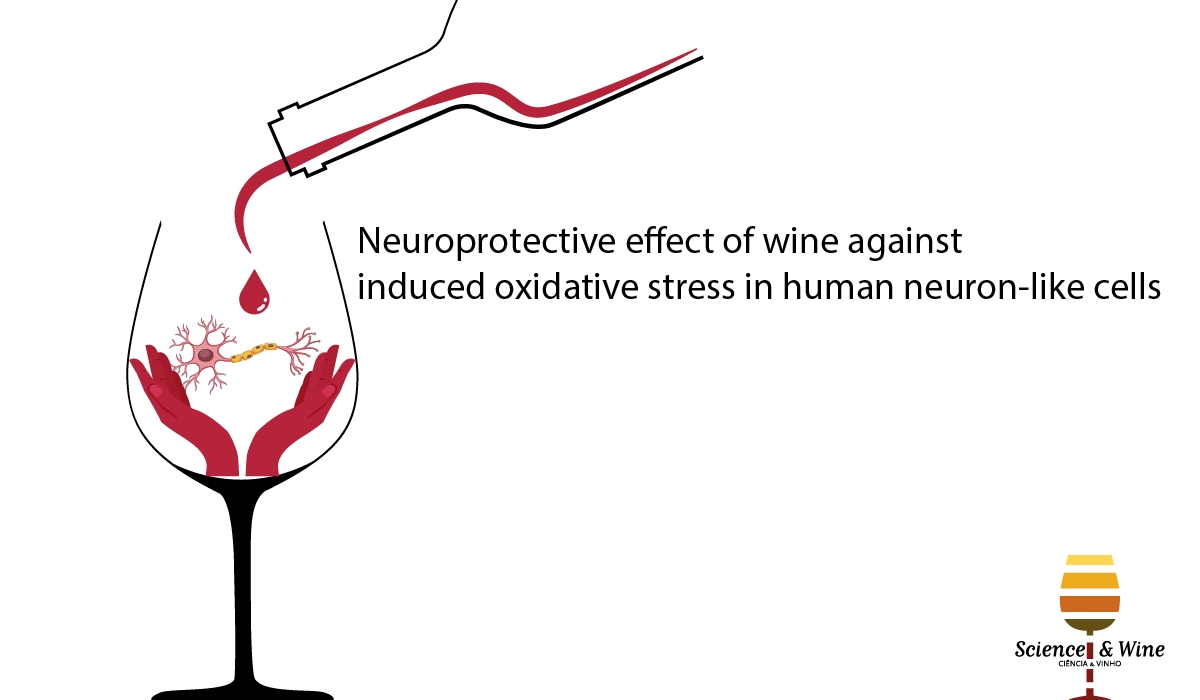
Neuroprotective effect of wine against hydrogen peroxide-induced oxidative stress in human neuron-like cells
Oxidative stress is caused by the insufficient capacity of biological systems to neutralize reactive species produced in excess. A serious imbalance between the generation of reactive oxygen species (ROS) and antioxidant (AOX) protection in favor of the former causes excessive oxidative damage in cells and tissues because the ROS excessive production is associated with disruption of cell cycle regulatory mechanisms. Results obtained suggest that wine is a potential antioxidant and have positive effect against reactive species generated in SH-SY5Y cells, suggesting a neuroprotective effect.
Recent results of an in vitro study reveal that wine compounds have positive effect against reactive species in neuron-like cells, suggesting a neuroprotective effect.
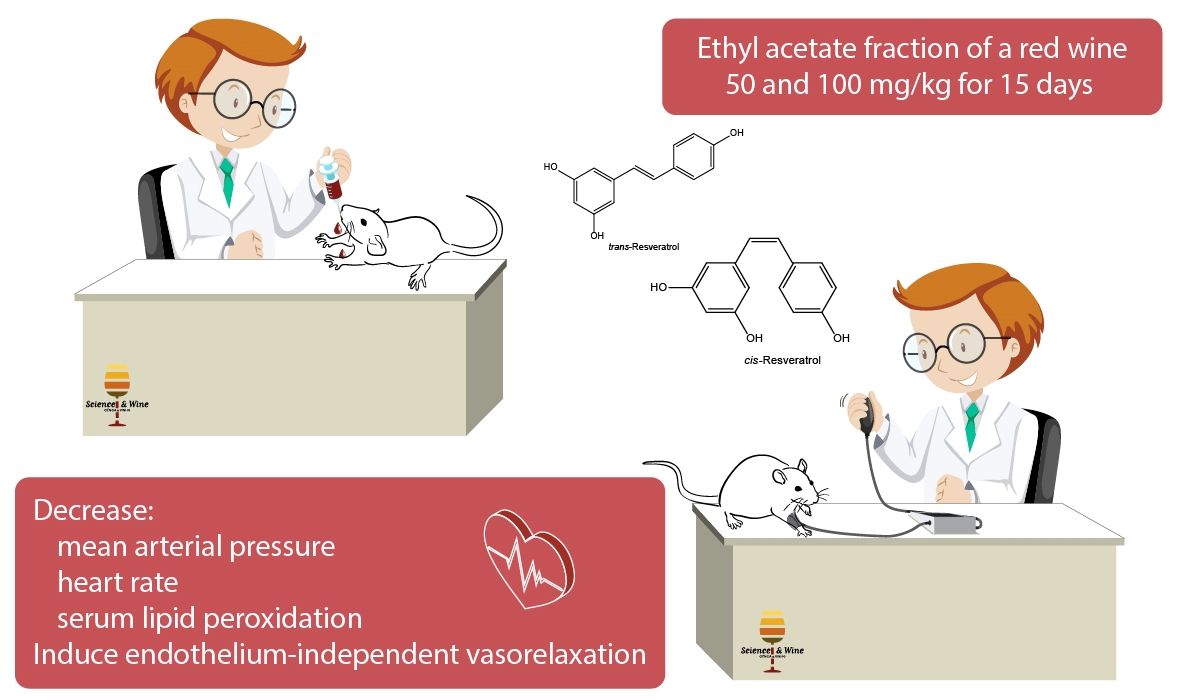
Red Wines from Northeastern Brazil: An Abundant Source of Biologically Active Phenolics
A phenolic-rich fraction extracted from red wine from the São Francisco valley, Northeastern Brazil, was chemically characterized and its hypotensive and antioxidant effects on spontaneously hypertensive rats were studied both in vitro and in vivo. Liquid chromatography coupled to mass spectrometry analysis showed that this fraction was rich in flavonols, flavonol glycosides, phenolic acids and anthocyanins. Pre-treatment of spontaneously hypertensive rats with this wine fraction by gavage for 15 days decreased mean arterial pressure and heart rate as well as serum lipid peroxidation. This demonstrate it is possible for phenolic constituents of red wine that are orally bioavailable to exert in vivo hypotensive and antioxidant effects on intact endothelial function.

